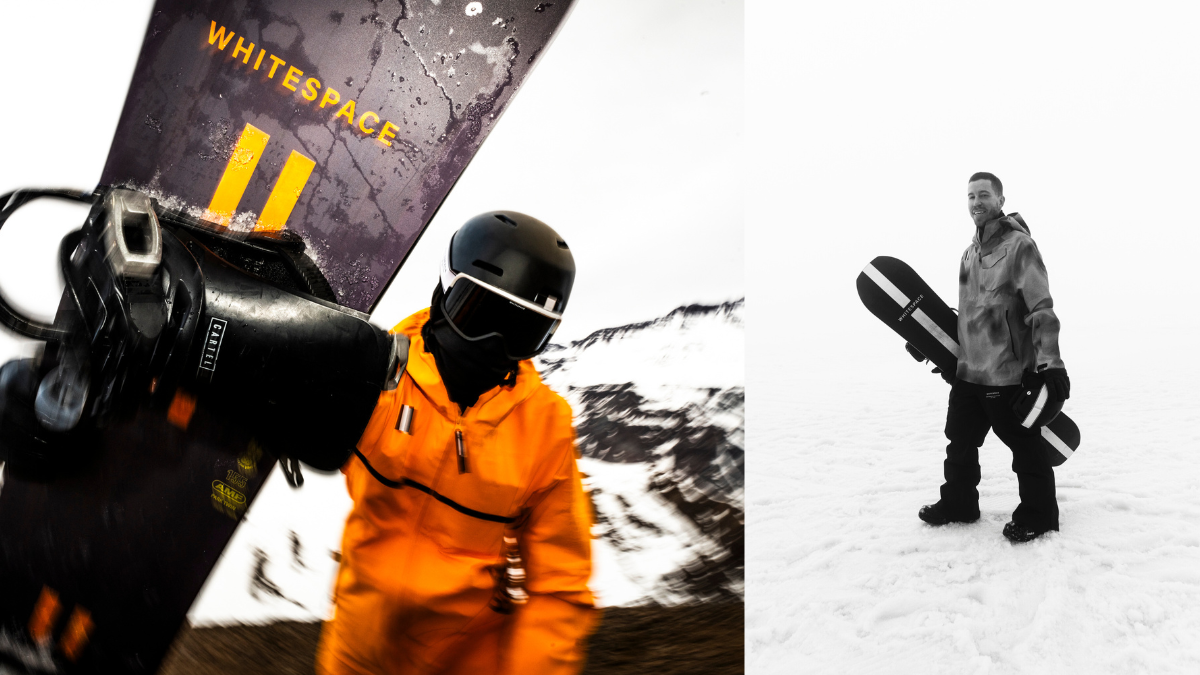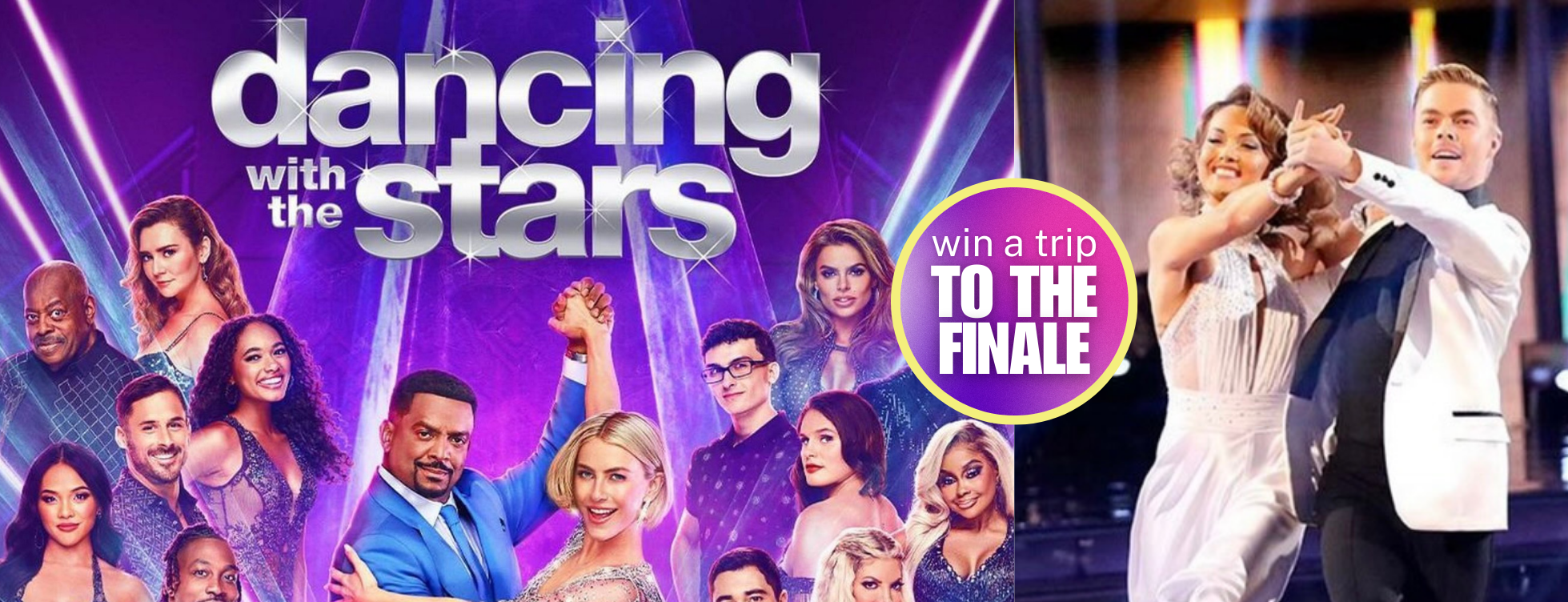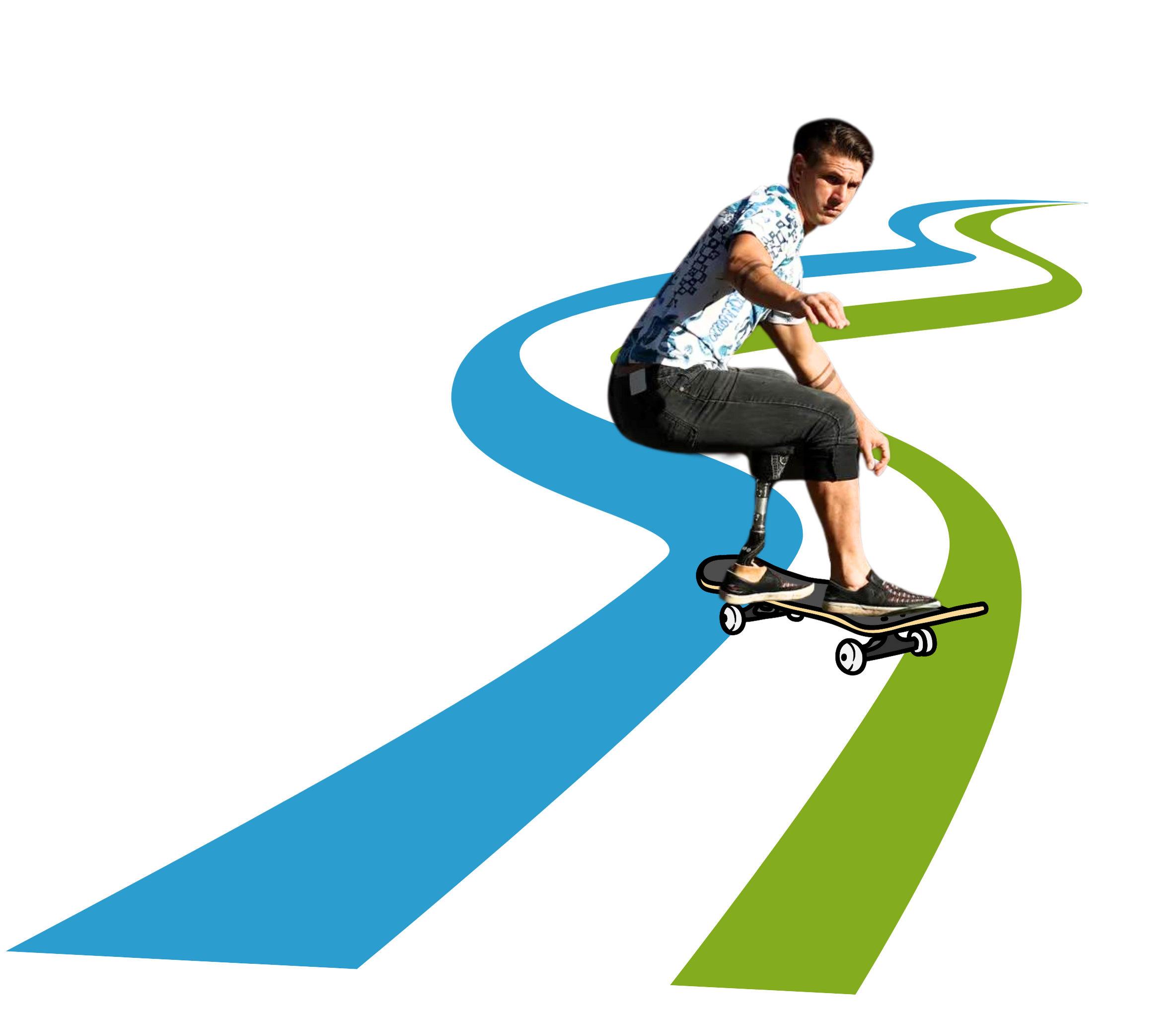
Adaptive Action Sports Announces Partnership with WHITESPACE for the 2024/25 Snowboard Season
Adaptive Action Sports (AAS) announce a new partnership with WHITESPACE for the 2024/25 snow season.
By: Tanvi Kumar
Kiana Clay told her story to producer Tanvi Kumar for an episode of The Daily Rally podcast. It has been edited for length and clarity.
I was knocked out for about seven minutes or so. I woke up on the back of a stretcher, and I tried moving everything, and I wasn’t able to move or feel my arm. So I started to freak out, and started screaming, “I can’t move my arm. I can’t move my arm.”
I’m 28 years old. I am an action sports junkie and a multi-professional athlete. I got into action sports when I was about four years old. I started competing probably at the age of seven, mostly in motocross. I was actually one of the top racers in the nation at 12 years old when it happened.
Back on November 18th, 2006, I was racing at Freestone County Raceway. I got landed on by another rider. His front wheel went over my neck, broke my neck and ripped the nerves out of my spinal cord. And as a result, I ended up losing the complete use of my right arm.
I was in the hospital for at least three months. When I was getting ready to go back home, me and my dad got hit by a drunk driver, and we ended up flipping in our lifted truck.
During that time, I was starting to gain some bicep muscle back, but after that car wreck, I lost everything that I was gaining back. My arm was already paralyzed, but that pretty much set it in stone that I was never gonna gain any movement back. So, I have no movement or feeling whatsoever.
I was always known as the girl who raced dirt bikes and did action sports. And it got taken away to just Kiana, and I had no idea who that was. It wasn’t just one challenge, it was probably a hundred thousand challenges.
Because I was dominant in my right hand, I had to reteach myself how to write. I’m an artist. I love art. It’s always been my way of expression, and I’ve always been big into painting and drawing. I had to reteach myself how to draw.
I had to figure out how to tie my shoes with my mouth. I had to come up with putting my hair up with a doorknob. So I really had to think outside of the box with the most daily basic tasks.
If anybody is ever up for a challenge, for one whole day, take your dominant hand and tie it behind your back, and go the entire day of just trying to figure out how to do things with your non-dominant hand. It’s a lot more challenging than what people think.
And so during that time, not only was I trying to figure out how to do daily tasks, but I was also trying to figure out who I was without racing. It was a lot to deal with because I was having to figure out puberty and boys and getting into middle school and high school. So it was just a really difficult time.
I ended up becoming a lot closer to God and I was really able to grow and mature a lot more as a person. When you step away from what you love and what you are passionate about for a certain amount of time, it really makes you appreciate those things even more. So when I got back into sports, I just completely fell in love with it even more than when I did before.
When I turned 18 and I went to college, I ended up getting a KX110 and rigging it up and figured out a way to ride with one arm again. One thing led to another, I started racing again and got on a bigger bike. I’m the first adaptive female ever to race a dirt bike. I did not foresee that at all—to qualify for regionals and all the success that has come from it.
And through motocross racing is where I found a gentleman who introduced me to adapted snowboarding. I ended up moving to Colorado full-time and training full-time. I had no idea that it was gonna lead me down this awesome path and career of being a pro snowboarder, and being third in the world in banked slalom for snowboarding. I have petitioned with Forbes and The New York Times for adding my category into the Paralympics. I’ve become the first adaptive snowboarder to ever sign with Burton Snowboards.
I’ve always loved snowboarding, but I never saw it as a career. But getting back into racing gave me snowboarding, and it also gave me skateboarding. I’ve participated in a lot of skateboarding competitions, and we’re trying to get adaptive skateboarding into the X-Games and in the Paralympics. So it’s cool to also be a part of that. Also with surfing and just the way wake surfing has cultivated I’d say in the last four or five years for me. So it’s just really awesome to be in the front lines of progressing the sports, and going out and showing what not just women are capable of, but just what human beings are capable of when you really have a passion and a love for something.
I can sit and say, Yeah, my dirt bike and racing took away my arm. But I love it so much. I’m still gonna go back to it because I just love it with everything that I have. A lot more of my dreams have come true being a disabled woman versus being a fully-abled woman.
When I was younger, my identity was so wrapped up in my bike that I really didn’t know who I was outside of that. And I think that could have been very dangerous. You want to just be a very well-rounded person. So I think it’s very smart and I think it’s very wise to just be like, OK, I can love racing, but I can also love going out with my friends. And I want to be a good artist. And I want to be educated, I want to go to college.
I hear a lot of athletes and I hear a lot of people be like, “I’m a snowboarder or I’m a motocross racer. But this is all I know.” And so let’s say they spend their entire life training and getting into this. When they get out of those things, they have no idea what to do.
Action sports are awesome, but I have other ideas. I want to get into business at some point, and I want to maybe start my own nonprofit. So being off of the bike for six and a half, seven years, was actually a blessing, because it showed me all these other areas in my life that I wanted to flourish in.
I think anything and everything negative in this life can be used as a superpower if you allow it.
Kiana Clay is a pro snowboarder and an adaptive motocross racer. She is also a surfer and skateboarder. You can follow her on Instagram @kianaclay23.
You can follow The Daily Rally on Spotify, Apple Podcasts, Stitcher, or wherever you like to listen.
Originally Published by Outside Magazine

Adaptive Action Sports (AAS) announce a new partnership with WHITESPACE for the 2024/25 snow season.

Enter to Win an Ultimate Experience to attend the Dancing with the Stars Season Finale in Los Angeles alongside former contestant and AAS co-founder, Amy Purdy!

WE’RE OPENING OUR DOORS AND YOU’RE INVITED! Come check out our new headquarters, meet our athletes, and learn how you can get involved. There will


Interested in joining us? Fill out the information below and we’ll send you more information.